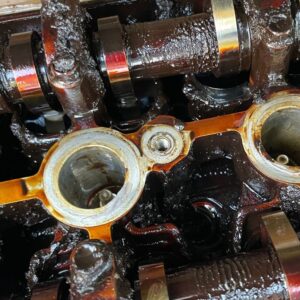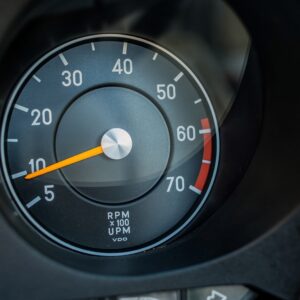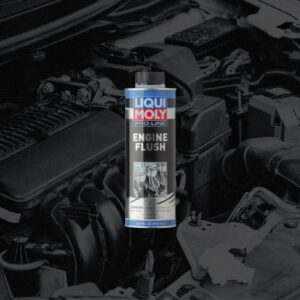Engine size is often the name of the game when drivers look for vehicles that can perform. While there are tons of makes and models known to have mammoth engines, only one of these can claim the top spot of having the biggest one.
What Is the Largest Car Engine In the World?
America’s very own Dodge SRT Viper has the largest car engine in the world, as of this writing, sporting an 8.4L V-10 that can dish out 640 hp and 600 lb-ft. of torque.
This American supercar is the fastest production car to ever grace the Mazda Raceway Laguna Seca一and rightfully so.
The first-generation Viper debuted in 1992 and initially served as a pace car during the Indianapolis 500 due to complaints about the Japanese-manufactured Dodge Stealth.
From there, the Viper went on to become one of the fastest and meanest performance cars ever, boasting a 0-60 sprint time of 3.5 to 4.5 seconds and a top speed of 160 to 200 mph, depending on specifications.
It wasn’t until 2002 when the Viper SRT V10 was introduced, replacing the GTS and RT/10. The Viper SRT V10 also had a coupe version, which debuted in 2005 during the Detroit Auto Show as a 2006 model.
Dodge temporarily halted its production of the Viper in 2007 and again from 2010 to 2012.
The Viper came back with its third generation in 2013 and officially ended its production in 2017, but not without logging the most number of track records than any production car in the world at 13.
Approximately 32,000 units of Dodge Vipers were sold in a span of 26 years.
Understanding Engine Sizes
Engine size is one of the most important factors to consider when choosing a vehicle. It basically refers to the volume of air and fuel that can be pushed through its cylinders.
Volume is often measured in cubic centimeters with the official sizes listed in liters and rounded up to the nearest tenth of a liter.
Originally, having a bigger engine meant more power. This idea still holds true to this day, however, recent tech advancements in the auto industry have resulted in the development of small engines that can churn out more power than before.
1.0-Liter Engines
Engines with 1.0L or less are usually found in small city cars and medium-sized family cars. These vehicles will usually have three or four cylinders and max out at 125 hp.
Despite their small engine size, these vehicles can be some of the most fuel-efficient options out there.
The only downside to having a small engine is that it can be quite difficult to speed up, especially when your vehicle is at maximum passenger capacity.
1.0-2.0-Liter Engines
Large family hatchbacks and mid-size SUVs tend to have 1.0-2.0L engines. In most cases, these vehicles can churn out up to 150 hp and have similar fuel economy figures to smaller vehicles.
2.0-3.0-Liter Engines
Big saloons, estate cars, and full-size SUVs usually have engines that fall within the 2.0-3.0L range. While these vehicles consume a lot more fuel than smaller ones, they do offer a significant boost in terms of performance.
Vehicles with engine sizes that fall within this range are already considered “large.” These are naturally more powerful even without upgrades, and they’re generally faster at picking up speed.
3.0+ Engines
Some full-size SUVs and many performance cars have 3.0L engines or bigger. These vehicles tend to have six or more cylinders that can go up to 12. They’re also the ones that consume the most fuel.
Toys for the Big Boys: Popular Vehicles with Big Engines
While the Dodge SRT Viper is recognized as the king of kings, there are a handful of models with monstrous engines that are worthy of praise.
Check out some of these honorable mentions below.
Bugatti Veyron 16.4 Grand Sport Vitesse
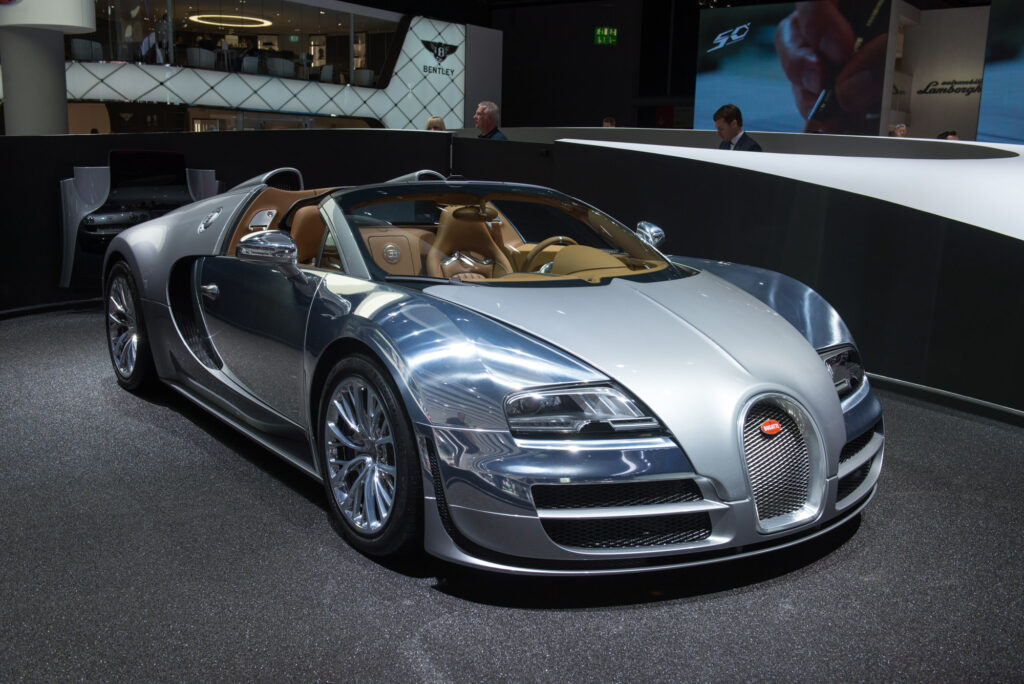
The Bugatti Veyron 16.4 Grand Sport Vitesse is only 0.4L shy of earning the top spot.
Marketed as the roadster version of the Veyron 16.4 Super Sport, the Grand Sport Vitesse runs on an 8.0L W16 engine that’s capable of producing 1,200 hp and 1106 lb-ft. of torque.
While the Grand Sport Vitesse doesn’t have the largest engine, it stands as the fastest and most powerful production roadster in the world with a 2.6-second sprint time from 0-60 mph.
The Grand Sport Vitesse was produced from 2012 to 2015. During its production, a couple of special edition versions were also introduced, including the World Record Car Edition that was limited to eight units.
Rolls-Royce Phantom
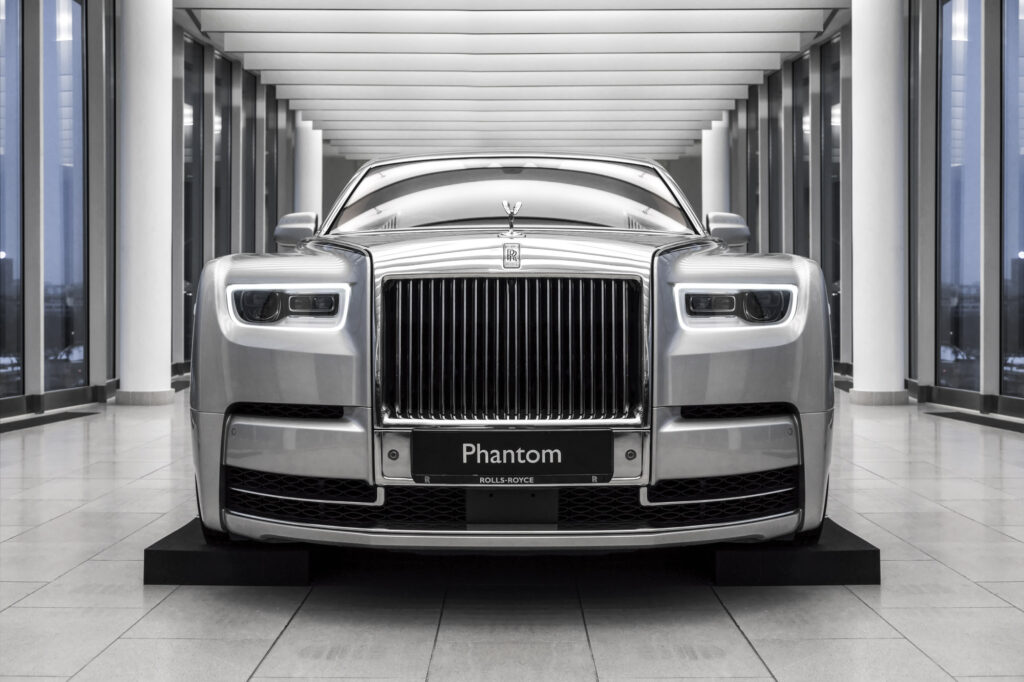
The Rolls-Royce Phantom is a 6.7L V12 that can produce up to 453 hp and 531 lb-ft. of torque. The full-size luxury saloon first debuted in 2017 and was the second model that was launched under BMW ownership.
Bentley Mulsanne
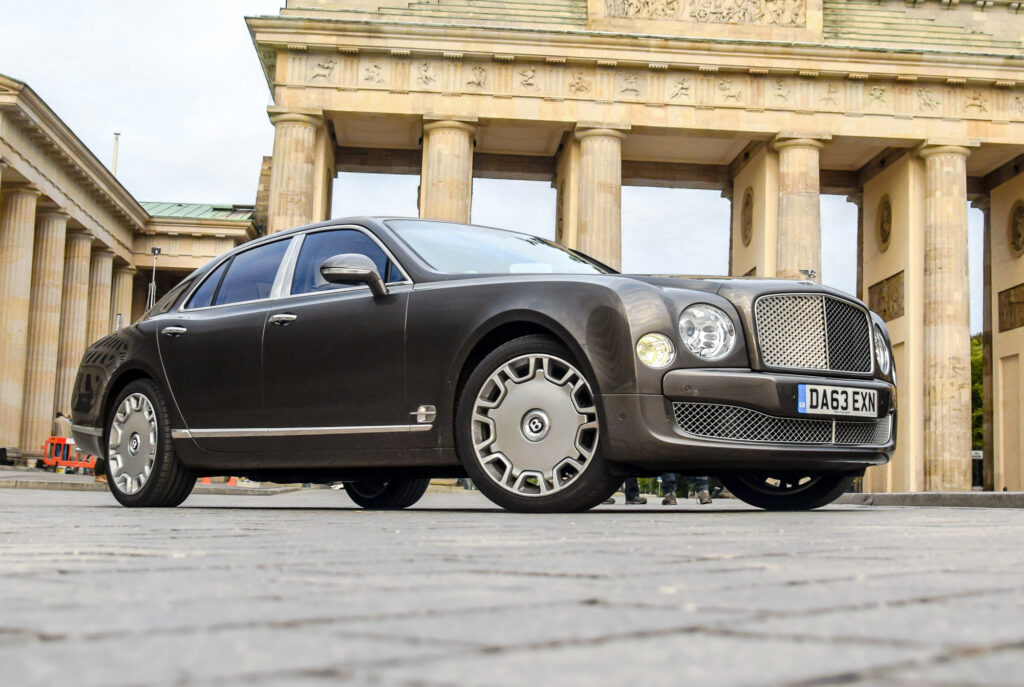
Similar to the Rolls-Royce Phantom, the Bentley Mulsanne has a 6.7L engine but with a twin-turbo V8.
The Mulsanne can draw up to 505 hp and 752 lb-ft. of torque and go from a 0-60 sprint in as fast as 4.8 seconds. It has a top speed of 190 mph.
The Bentley Mulsanne was produced from 2010 to 2020 and spent a decade as Bentley’s flagship model. It was the first independently built automobile since W.O. Bentley introduced the 8.0L.
All Mulsanne models are hand-built and require 200 hours of assembly time for each unit. Nearly 300 employees tend to each unit, bringing the total count to 4,000 employees to complete all 7,300 Mulsannes.
Any information provided on this Website is for informational purposes only and is not intended to replace consultation with a professional mechanic. The accuracy and timeliness of the information may change from the time of publication.









